Move over, cosmetics companies. The athletic footwear industry wants to be able to give their customers the opportunity to try on products in augmented reality as well.
A new mobile app from augmented reality commerce company Wannaby, appropriately named Wanna Kicks, uses smartphone and tablet cameras to show users what shoes look like on their feet from various angles in real time.
The app includes 10 styles of sneakers from Nike, Adidas, New Balance, Puma, Under Armour, Vans, Asics, and Belarus-based Lidskie, with most styles offering customers two to four color options that users can swap out instantly while viewing the digital kicks. When customers settle on a shoe they like, the app helps them find it directly from the shoemaker's online store.
Wanna Kicks is now available for iPhones and iPads via the App Store, with an Android version arriving later in 2019.
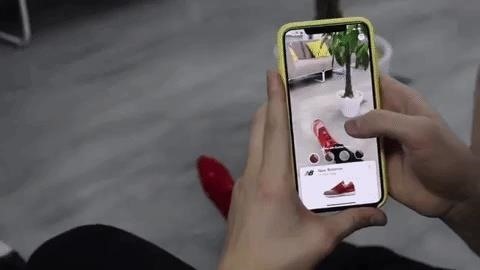
Virtual try-on experiences are old hat for Wannaby, a company that has previously released apps for trying on nail polish and jewelry. Just as with the selfie effects made popular by Snapchat, Wannaby uses machine learning to recognize feet, overlay the 3D content, and track movement.
"We use sophisticated 3D geometry algorithms together with neural networks to identify the position of the shoe in a space," said Sergey Arkhangelskiy, CEO at Wannaby, in a statement. "Those algorithms are the secret sauce of our application and our main innovation. Then we combine it with the information about the rest of the foot to decide which parts of the shoe are occluded."

According to a company spokesperson, Wannaby uses original 3D design models provided by manufacturers supplemented with photogrammetry to give the models a more realistic texture. The company uses as many as 300 photos at various angles and lighting conditions per shoe and combines the photo imagery with the 3D model via specialized software.
"The finishing step is the rendering of the shoe itself," said Arkhangelskiy, a former software engineer at Google. "We rely on our custom physically-based rendering engine with extensive support of different materials so that you can tell the difference between the rubber sole from the fabric finish on the upper part of a sneaker."
Just like trying on actual shoes, the app works better when users are not wearing shoes. For the most part, the virtual shoes look like they are actually on your feet. In my limited testing, at times my toes would stick out, but on subsequent attempts, the tracking was more accurate. More importantly, the app gave me a good impression of what the shoe would look like on my feet.
So we can now add shoemakers to the list of companies that can look to augmented reality to instill confidence in consumers regarding their online purchases. In addition to trying on cosmetics, consumers can now use AR to see what furniture from Ikea and Target will fit in their homes, how a new Porsche or BMW will look in their driveway, and preview electronics and other goods from Amazon and Jet.com.
As technology's capabilities advance, the scope of AR marketing will be limited only by the imaginations of sales and the marketing teams tasked with creating these kinds of sales experiences.
Just updated your iPhone? You'll find new emoji, enhanced security, podcast transcripts, Apple Cash virtual numbers, and other useful features. There are even new additions hidden within Safari. Find out what's new and changed on your iPhone with the iOS 17.4 update.
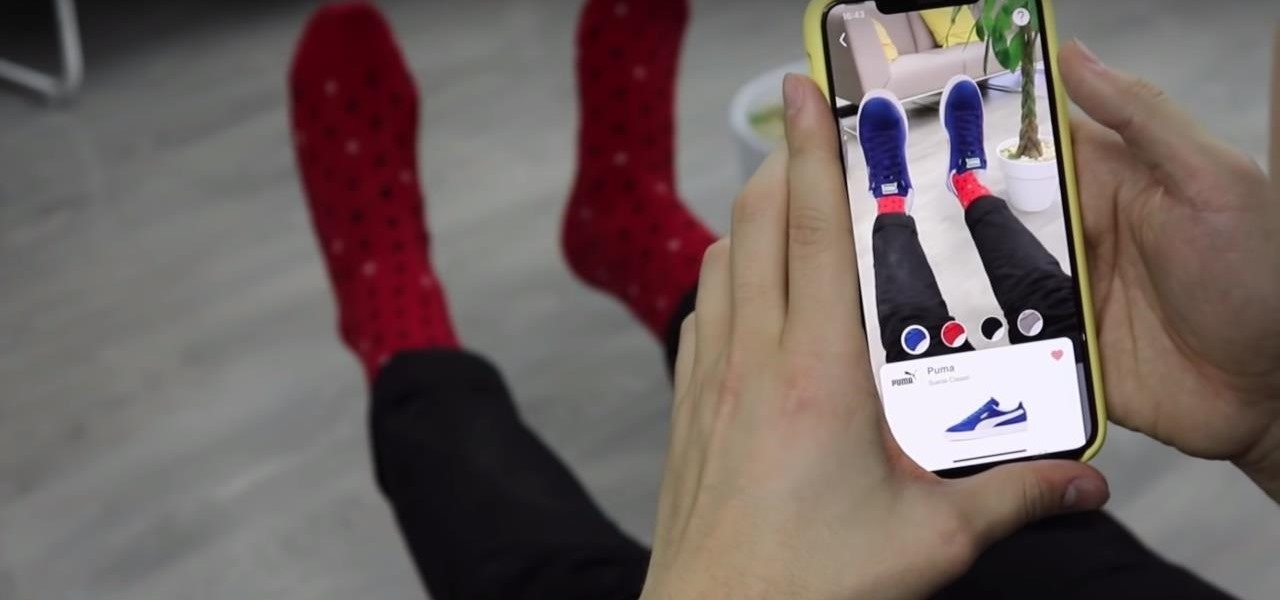


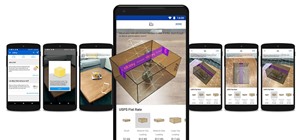

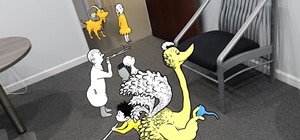








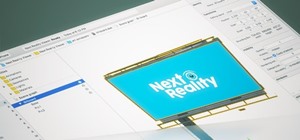




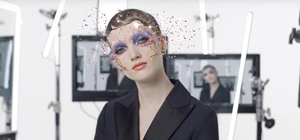



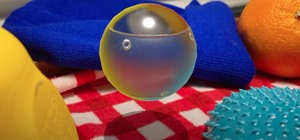

Be the First to Comment
Share Your Thoughts